Scanning Laser Ophthalmoscope
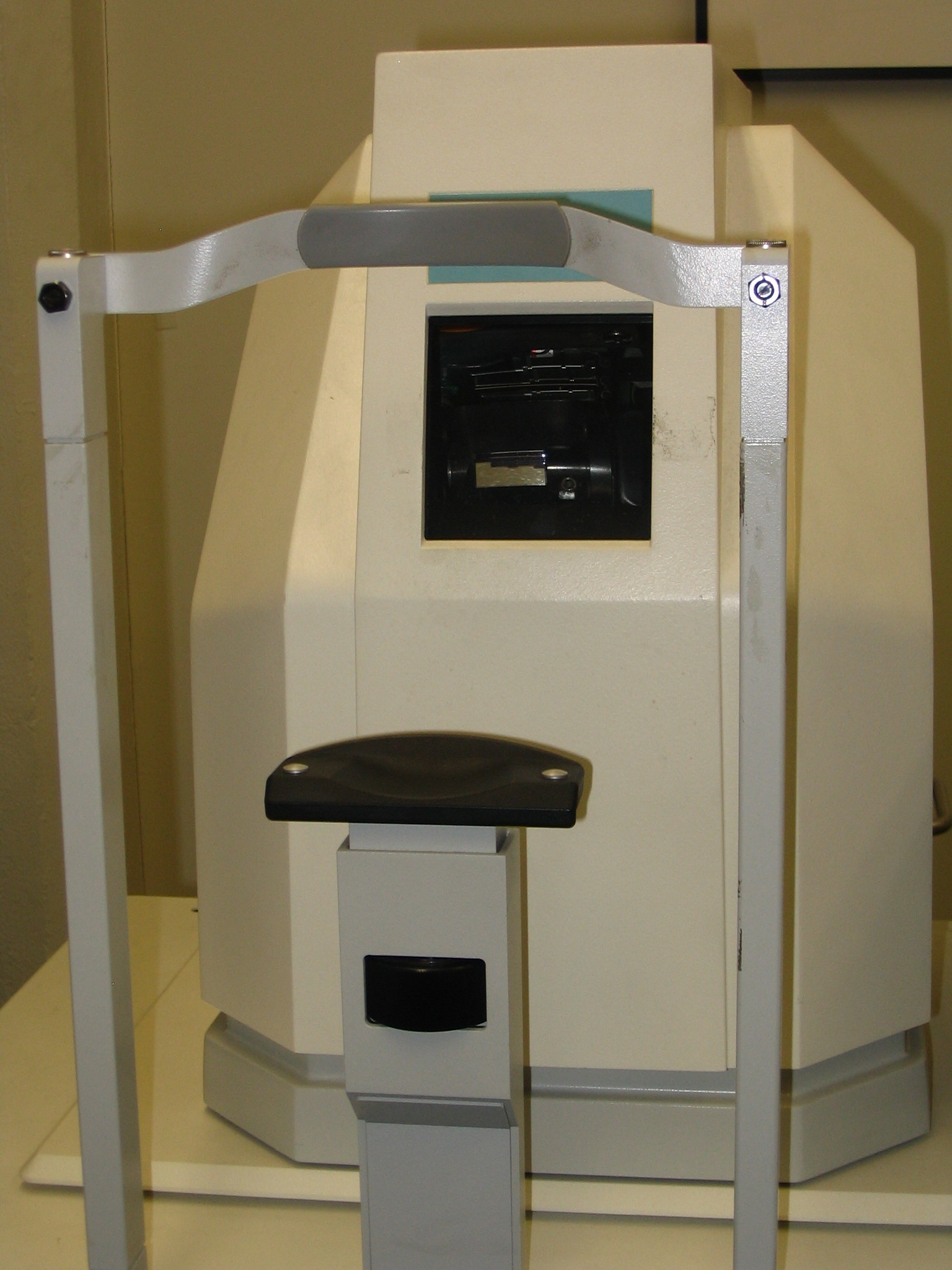 The Scanning Laser Ophthalmoscope is a diagnostic tool used by ophthalmologists to view the retina of blind patients to determine if they have enough healthy retina to make ocular surgery worthwhile. The SLO works by projecting an image past ocular defects and surface occlusions onto healthy retina so that the patient may view simple images and words even though they are normally blind. An image of the patients retina is then displayed on a monitor so that the doctor may make his or her diagnosis based on the patient’s unique retina.
The Scanning Laser Ophthalmoscope is a diagnostic tool used by ophthalmologists to view the retina of blind patients to determine if they have enough healthy retina to make ocular surgery worthwhile. The SLO works by projecting an image past ocular defects and surface occlusions onto healthy retina so that the patient may view simple images and words even though they are normally blind. An image of the patients retina is then displayed on a monitor so that the doctor may make his or her diagnosis based on the patient’s unique retina.
The Vision Group has used the SLO as a basis for the development of two additional seeing machines, one in black & white and one in color. The cost of development has decreased significantly so that the newest seeing machine only costs about $2000 in parts and is compatible with most computers. The seeing machines have also improved in terms of ease of use so that it is now possible for a visually impaired person to use the color seeing machine with much less supervision than is required for the SLO. The Vision Group has taken the SLO technology a long way toward feasible private use and hopes to make these machines available to visually impaired users in the near future.
From the SLO, the Vision Group has also developed a new form of art. Retina Prints are created as composite images of a retina looking at a work of art through the SLO. These composite images are then given color and visual effects in Photoshop so that they reflect the way in which Elizabeth views the image through the SLO.
Black &White Seeing Machine
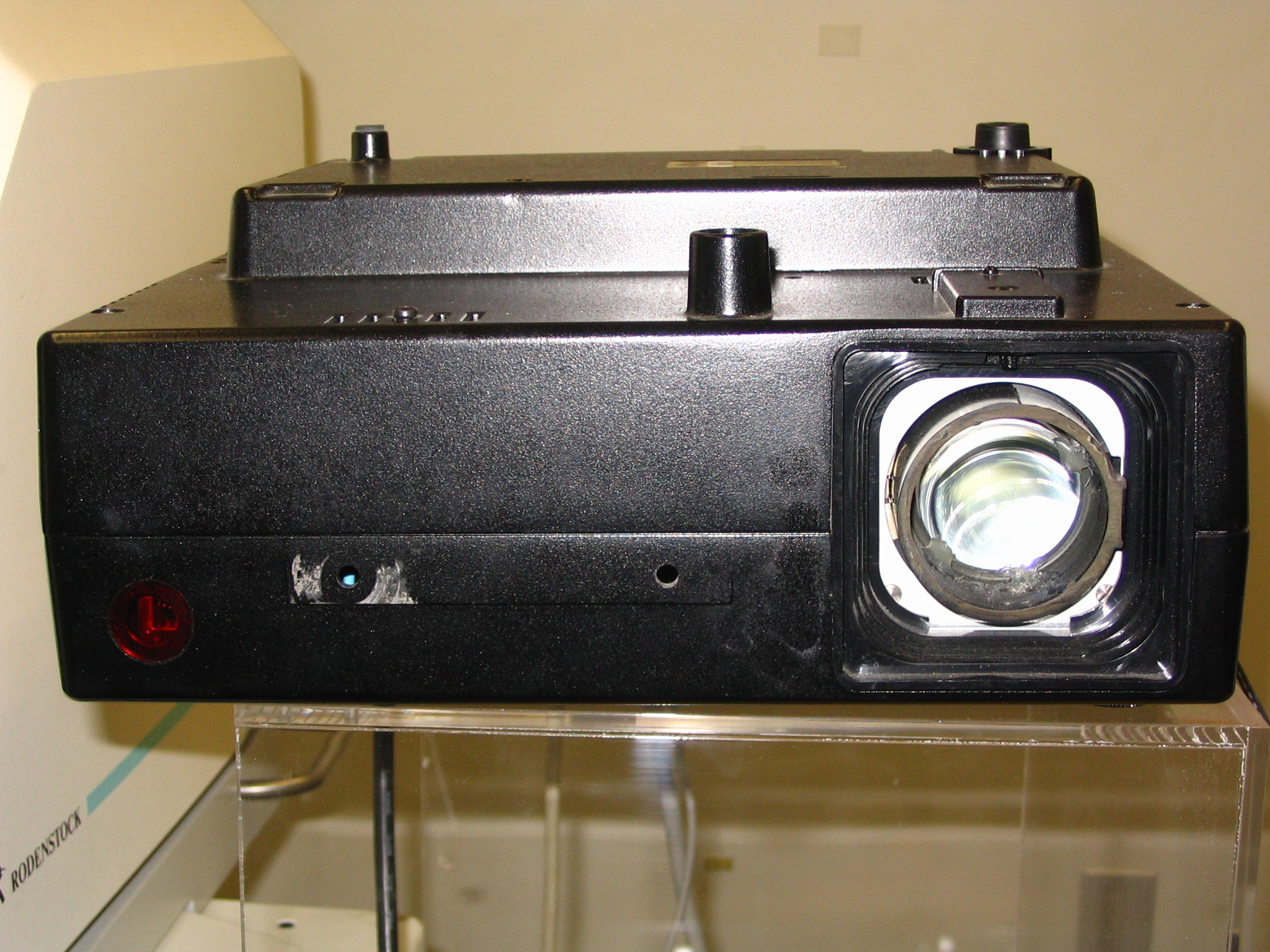 The black & white seeing machine was the first seeing machine developed by the Vision Group. It adapted the SLO technology to more easily display a computer interface. The black &white seeing machine is currently being used to display word images and architectural walk-throughs. It has been tested in a pilot study on subjects with varying degrees of blindness and many participants agreed that it is technology that would help them in their daily lives. For more information on the success of the black & white seeing machine read the paper that came out in Feburary.
The black & white seeing machine was the first seeing machine developed by the Vision Group. It adapted the SLO technology to more easily display a computer interface. The black &white seeing machine is currently being used to display word images and architectural walk-throughs. It has been tested in a pilot study on subjects with varying degrees of blindness and many participants agreed that it is technology that would help them in their daily lives. For more information on the success of the black & white seeing machine read the paper that came out in Feburary.
back to top
Color Seeing Machine
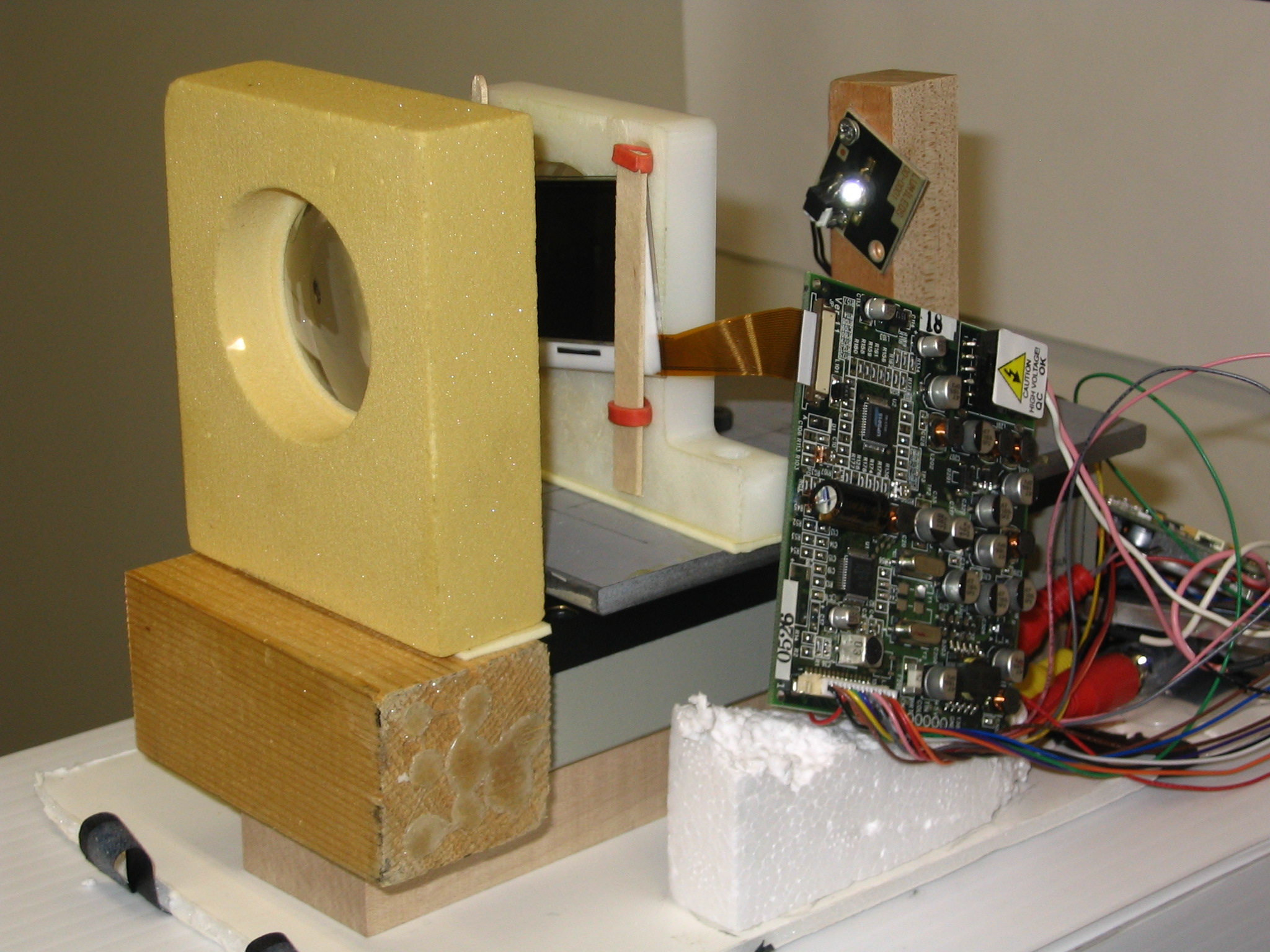 The most recent seeing machine is capable of showing a computer output in color. It allows for a richness of experience that many visually impaired people would never be able to otherwise experience. Using a joystick interface, visually impaired people are able to navigate through architectural models and become familiar with new places. One of the innovative tasks this seeing machine is being used for is pre-visiting museums and galleries and being able to get a sense for the art before viewing it in person.
The most recent seeing machine is capable of showing a computer output in color. It allows for a richness of experience that many visually impaired people would never be able to otherwise experience. Using a joystick interface, visually impaired people are able to navigate through architectural models and become familiar with new places. One of the innovative tasks this seeing machine is being used for is pre-visiting museums and galleries and being able to get a sense for the art before viewing it in person.
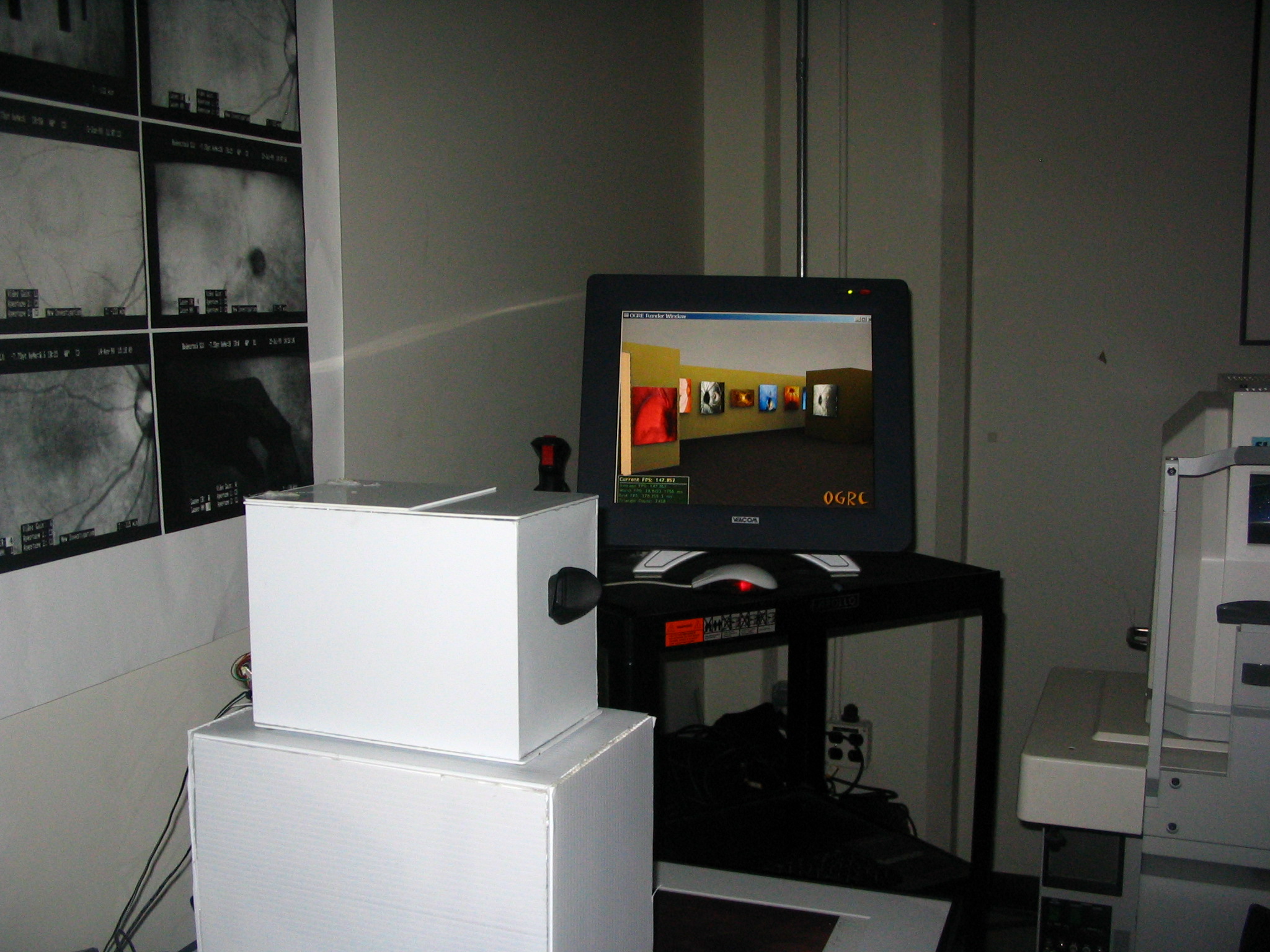 The color seeing machine is relatively simple to manufacture and provides a visual experience rich enough to make it a worthwhile method for allowing the visually impaired to experience visual artwork.
The color seeing machine is relatively simple to manufacture and provides a visual experience rich enough to make it a worthwhile method for allowing the visually impaired to experience visual artwork.
back to top
Seeing Machine Camera
 An increasing number of older adults will have an onset of severe vision impairment with the accompanying loss of their familiar routine, independence, and visual interaction with friends and family. In advanced stages of vision loss, living functionally may become difficult.
An increasing number of older adults will have an onset of severe vision impairment with the accompanying loss of their familiar routine, independence, and visual interaction with friends and family. In advanced stages of vision loss, living functionally may become difficult.
The Seeing Machine Camera is an inexpensive portable device that provides useful vision enhancement for the severely visually impaired. This device is not intended for use as reading or navigation aids, but rather to complement them.
The Seeing Machine Camera connects to standard video sources -- consumer digital cameras and computers. The video signal is fed to a color microdisplay illuminated by a bright collimated LED powered by a rechargeable battery pack. Unlike common displays I which light enters the entire pupil, in the Seeing Machine Camera a lens focuses the light into a single point at the pupil, bypassing the eye’s scattering and distortion effects, allowing remaining healthy retina to view a brighter, clearer, and greater contrast image. The design has few parts housed inside a 5-in square box and weighs 3lb. Commodity components and the lack of a scanning system leads to an inexpensive robust device. This device is portable and simple enough to use without training.
The team is continuing to research the improvement of functional vision that occurs with use of the Seeing Machine Camera. This device won the MIT IDEAS Competition in 2009, and we are proceeding to clinical trials with our community partners at the Beetham Eye Institute at the Harvard Joslin Diabetes Center.
back to top
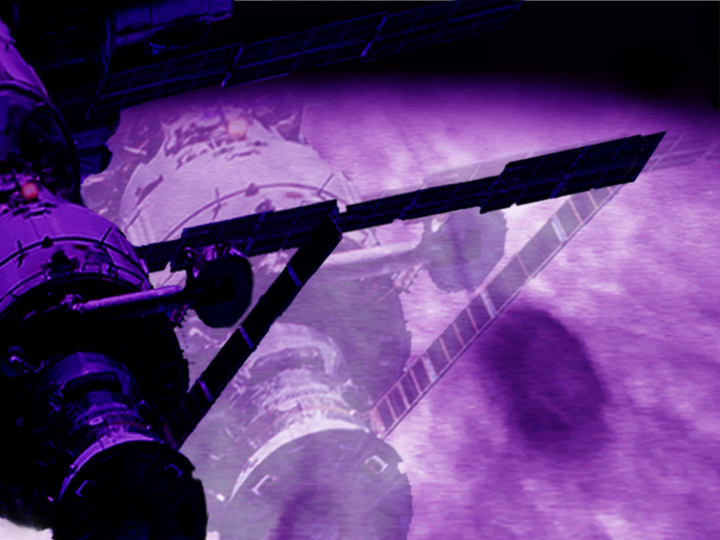
 An increasing number of older adults will have an onset of severe vision impairment with the accompanying loss of their familiar routine, independence, and visual interaction with friends and family. In advanced stages of vision loss, living functionally may become difficult.
An increasing number of older adults will have an onset of severe vision impairment with the accompanying loss of their familiar routine, independence, and visual interaction with friends and family. In advanced stages of vision loss, living functionally may become difficult.